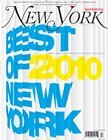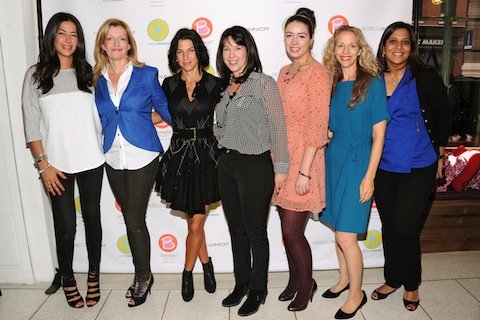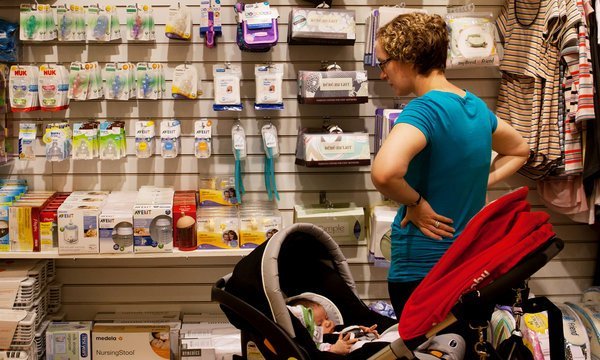New Moms Are Pumping On Work Zooms – And At The Nail Salon!
- By Amanda Cole
- Aug 30, 2024
As we wrap up the 14th anniversary of Breastfeeding Awareness Month, and the 15th anniversary of Yummy Mummy, we’re excited to share the results of a new survey we just conducted with some of our recent customers. Over 1,500 new moms shared insights about their breastfeeding and breast pumping experiences: where they pumped, what they did while pumping, how the ability to work from home post-COVID affected their breastfeeding decisions and more.
Here are a few key takeaways from our survey.
Moms Are Pumping On the Go!
Thanks to the growing popularity of hands-free breast pumps that fit discreetly inside a bra, moms are multitasking more than ever before. Over 60% of respondents have pumped in the car, nearly 24% have pumped at a restaurant table and another 24% in a bathroom stall. Additionally, 20% report pumping on a plane, train, or bus. A group of moms even reported pumping on a ride at the fair!
Pumping Moms are Masters at Multitasking!
While 13% of surveyed moms focus solely on pumping, 67% report pumping while cleaning, 65% have pumped while cooking, and almost a third of survey participants pump while on Zoom work calls and while driving or riding in an Uber. 26% of respondents pump while walking in public, 11% of multitasking moms report exercising while pumping and 8% have pumped while getting their nails done.
Remote Work Encourages Breastfeeding!
It’s no surprise that 34% of survey participants said a hybrid work option influenced their decision to try breastfeeding.
The Public Is Curious About Pumping!
When asked about the strangest comments they’ve received about pumping in public, 89 of respondents reported questions about pain, 82 people shared comments about cows, and 43 moms mentioned questions about the taste of their milk. Notable comments include: “You look like Jessica Rabbit!”, “You’re a walking cow/milk wagon.”, "Hell yeah. You go girl!", “Can I have some?”, and our personal favorite, “You are amazing!”.
The results of our survey confirm what we have always known. Our CEO, Amanda Cole, commented “Moms are superheroes, doing whatever they can to manage the needs of their families, themselves, and their work. They deserve our support and applause wherever, whenever they choose to feed their children!”








